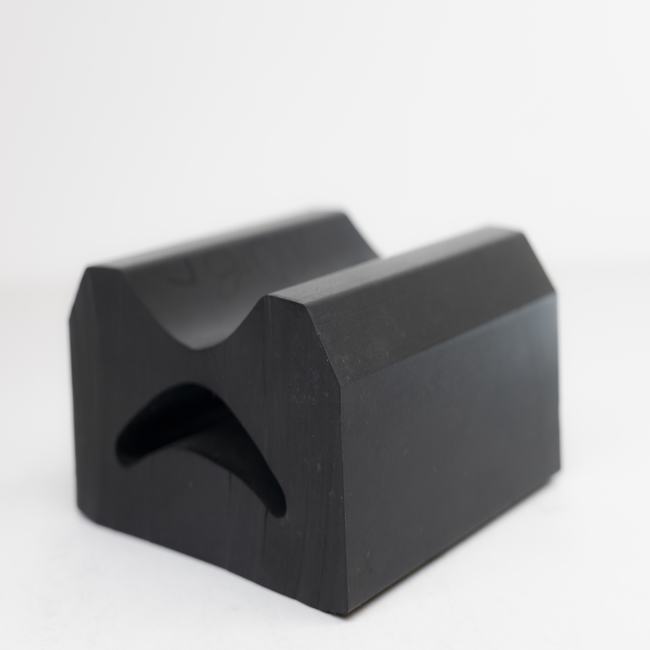“Ship seals” can refer to various types of seals or sealing systems used in the maritime industry for ships and vessels. These seals serve a variety of purposes, including ensuring the watertight integrity of the vessel, preventing leaks, and maintaining the safety and efficiency of marine operations. Here’s a detailed description of some common types of ship seals and their functions:
1. Hatch Seals:
Features:
- Made from rubber or elastomeric materials.
- Designed to create a watertight seal around the cargo hatches, access points, and openings on the ship.
Functions:
- Prevent the ingress of seawater into cargo holds or sensitive areas of the ship.
- Protect cargo from water damage and maintain cargo integrity.
- Ensure the safety and stability of the vessel during adverse weather conditions.
2. Shaft Seals:
Features:
- Typically mechanical seals or packing glands.
- Installed around the propeller shaft to prevent water from entering the hull.
Functions:
- Maintain the watertight integrity of the ship’s hull.
- Prevent water ingress, which could lead to flooding and affect buoyancy.
- Ensure the propulsion system operates efficiently.
3. Bulkhead Seals:
Features:
- Often made from rubber, neoprene, or other resilient materials.
- Installed at bulkhead penetrations to create a seal between compartments.
Functions:
- Prevent the spread of water, fire, or hazardous materials between different compartments.
- Enhance the safety and compartmentalization of the vessel.
4. Door and Window Seals:
Features:
- Made from rubber or elastomeric materials.
- Installed around ship doors and windows to create a watertight and airtight seal.
Functions:
- Ensure the integrity of enclosed spaces in the vessel.
- Provide protection against water ingress, waves, and adverse weather conditions.
- Improve energy efficiency by reducing heating and cooling losses.
5. Gasket Seals:
Features:
- Gaskets can be made from various materials, including rubber, silicone, and elastomers.
- Used in various applications throughout the ship, such as engine components, valves, and access doors.
Functions:
- Create reliable seals to prevent leaks and ensure the proper functioning of equipment and systems.
- Maintain the safety, efficiency, and operational readiness of the vessel.
6. Cable and Pipe Penetration Seals:
Features:
- Designed to seal around cables, pipes, or conduits passing through bulkheads or decks.
- May consist of multi-component systems, including penetrators and sealing compounds.
Functions:
- Prevent water ingress and maintain the integrity of the vessel’s structure.
- Ensure electrical and mechanical systems remain operational without compromising safety.
The choice of ship seals depends on the specific application, vessel type, and regulatory requirements. Proper maintenance and inspection of these seals are crucial to ensure the safety and performance of ships at sea. Regular checks and replacements, when necessary, help prevent potential issues and maintain the vessel’s operational readiness.






